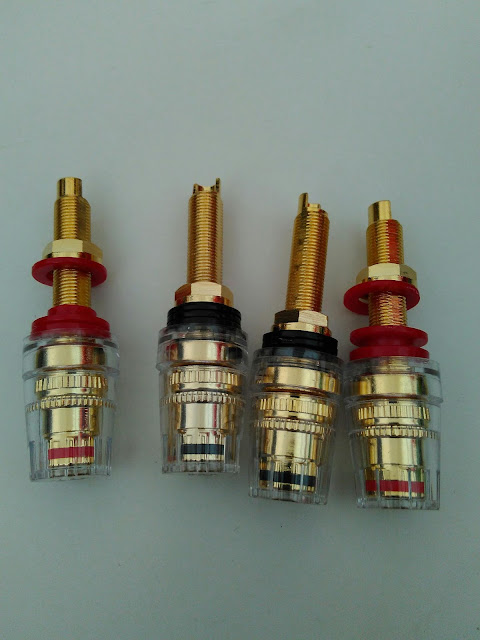I came across the following mighty mouse on Amazon USA with many good reviews. It was being marketed under a different brand. However, US items are 110V and not suitable for local consumption unless you are willing to invest in a proper voltage conversion unit. For the cost involved, it was simply not worth it.
When I browsing on the China version of eBay (aka TaoBao), I came across the following amp - with specifications and looks matching the Amazon unit and available with a 220V transformer. Hence I bought a unit. It was likely to be the OEM version for local consumption.
Did have doubts of the "looks only" issue eg with different internals.
A month odd later, the unit arrived. Weights about 9kg. Assembling and setting up was a breeze.
Initial power up and usage proved to be a shocking surprise! For the price, I was speechless by the delivery of the sound quality and workmanship of the unit.
Apologies no pix of the internals - good thick quality blue PCB with audiophile components which included RIFA 429 poly caps!!!
With less than 20hr on the amp, it is proving to be extremely good value for money. The unit runs hot as it is a SET valve unit operating in Class-A mode with a modest 8W RMS per channel output - more than adequate grunt to drive my LS 3/5A+AB1.
Will provide more update next month once I have time to burn in the unit.
1Jan2017
After listening more to the PRC amp, I realised the reproduction of certain mid and HF tones were a little off. Checking the Amazon link for the non-OEM version, I discovered many reviews recommend replacing the Chinese military spec PRE tube with a Sovtek 6SL7. There were also reviewers recommending replacing the EL34 tubes provided but with just as many indicating to keep the EL34.
Hence I ordered the Sovtek 6SL7 to test the waters since it is not a hefty purchase. Once installed, the improvement was apparent after about 15-20mins. Initially there was a slight high pitched HF in the reproduction with the 6SL7. That slight HF pitch never return after the first 30mins. The reproduction of the voices was now more natural. Actually it was beginning to sound like my previous set-up with the Quad 33-303 acting as the amplifier, if you were listening to the PRC amp in passing aka not in-depth listening.
Am currently contemplating the next recommendation from the Amazon reviews - to change the EL34 ...


































